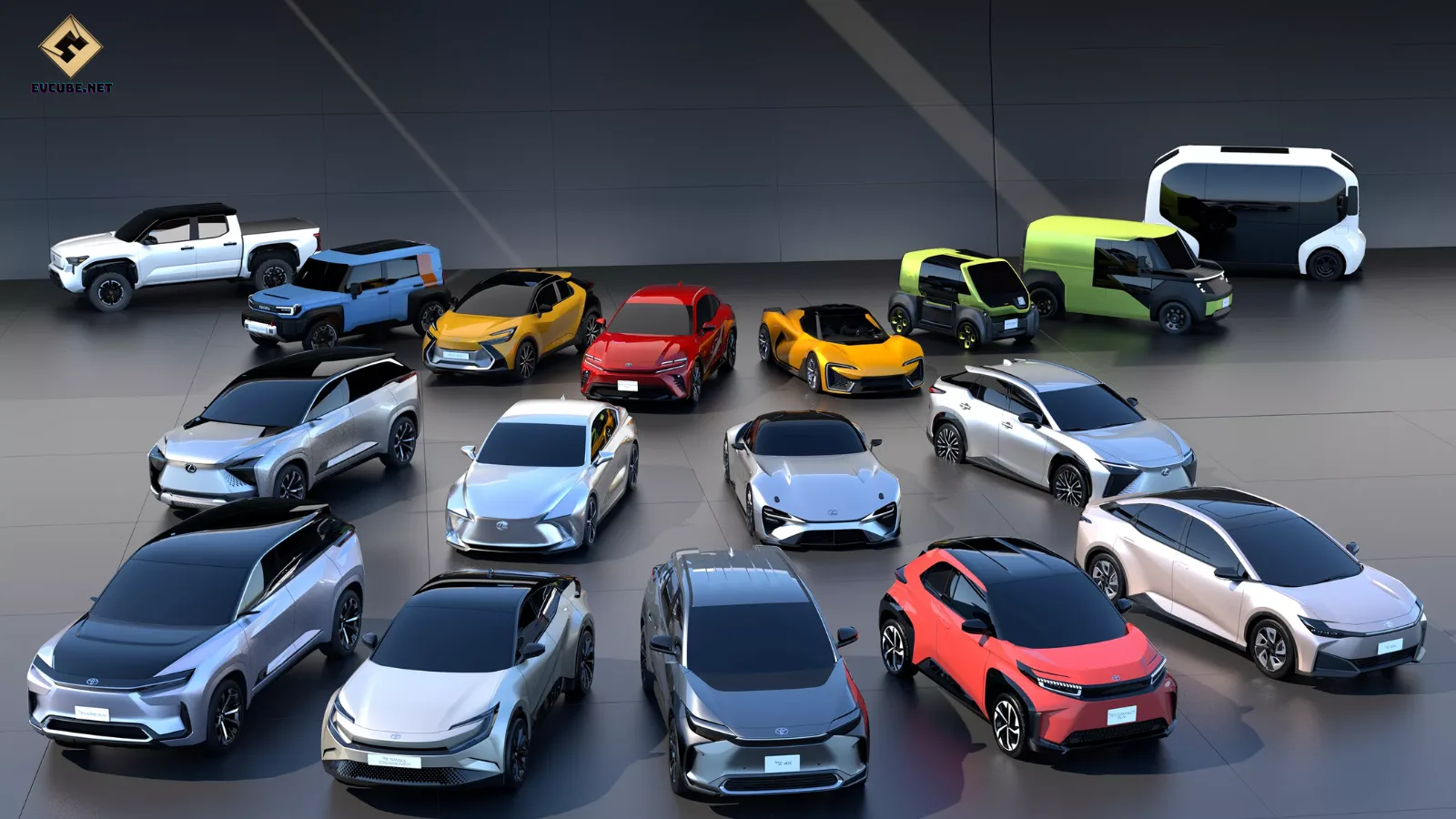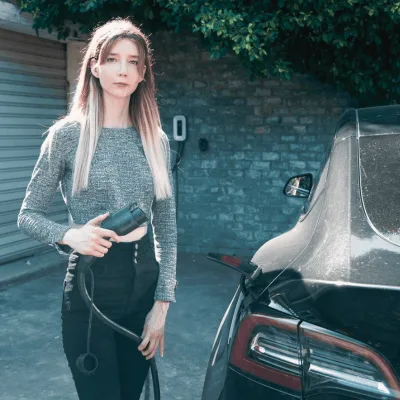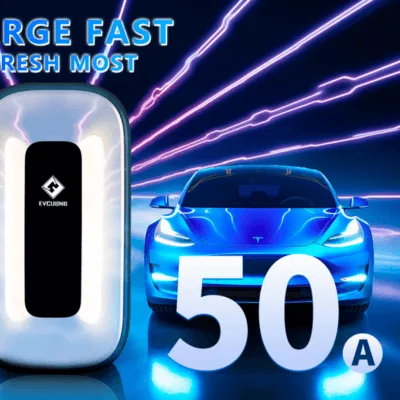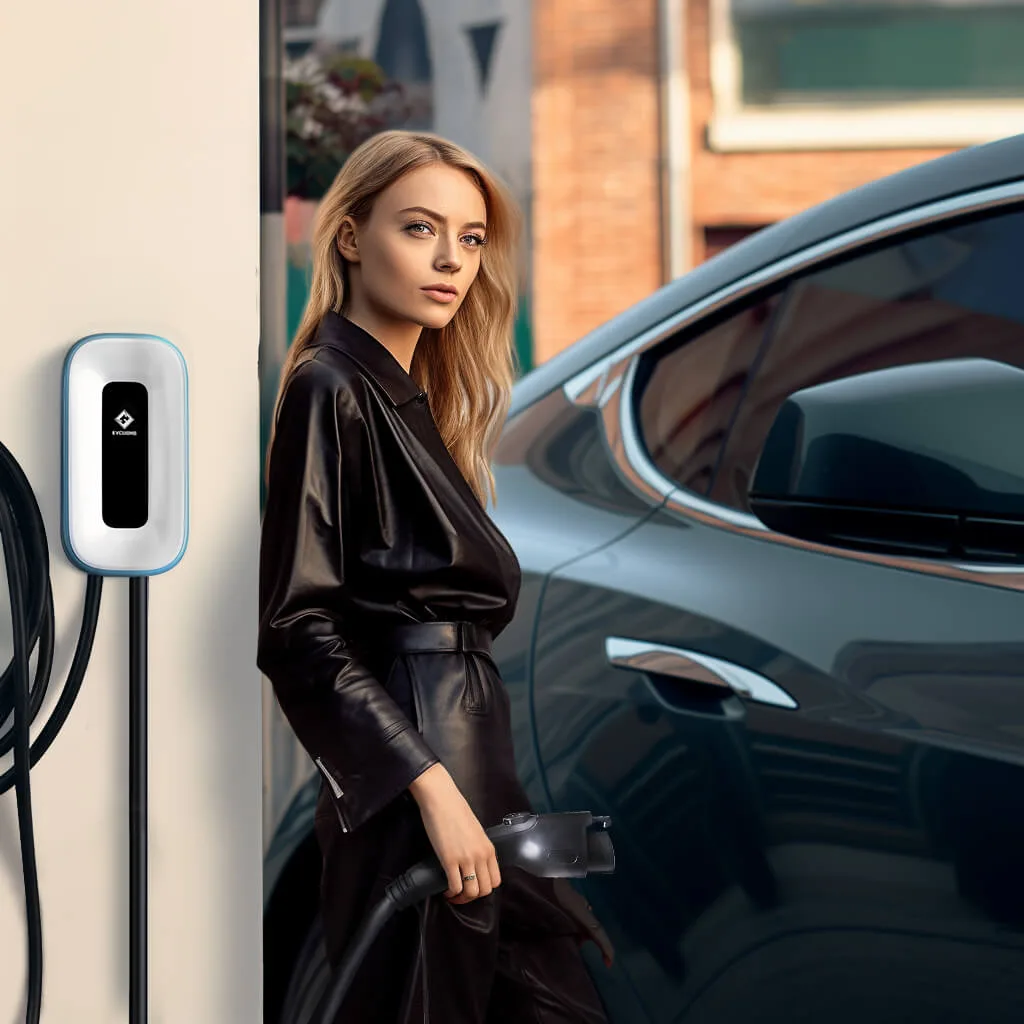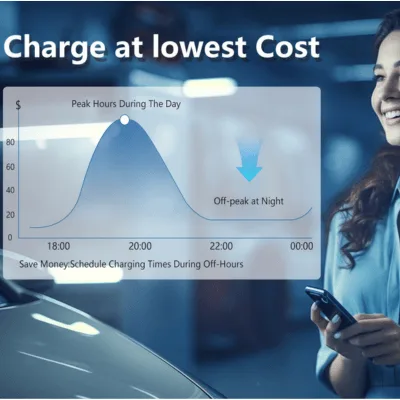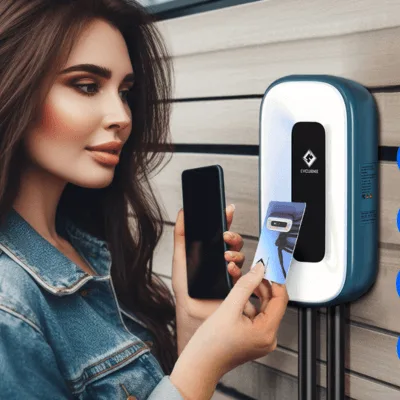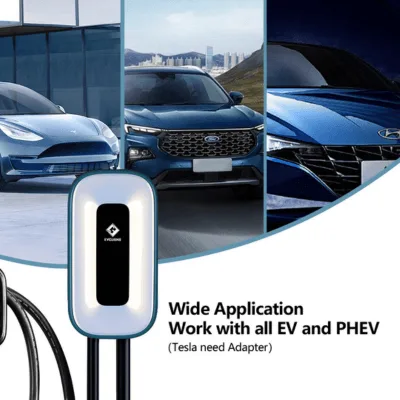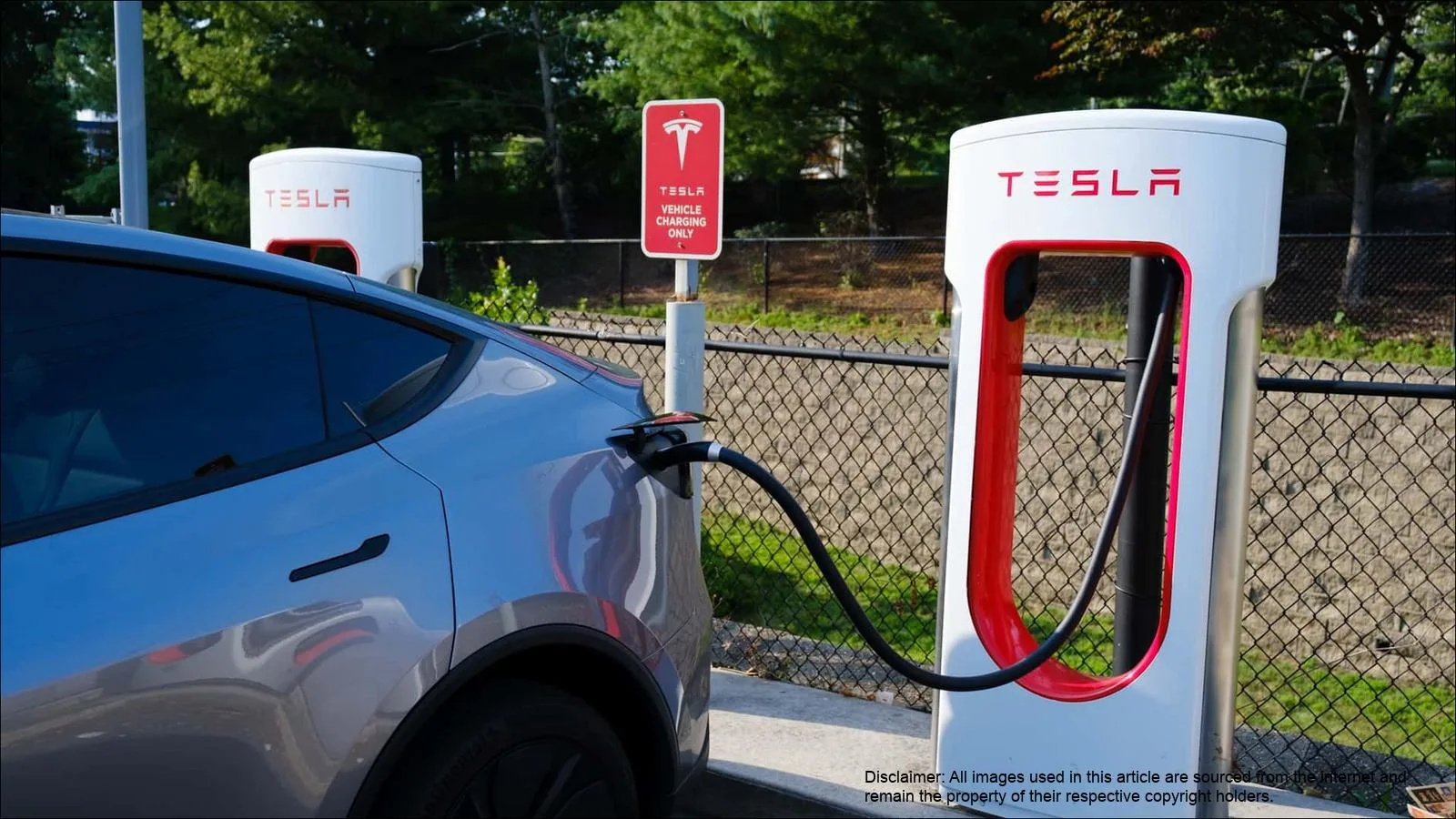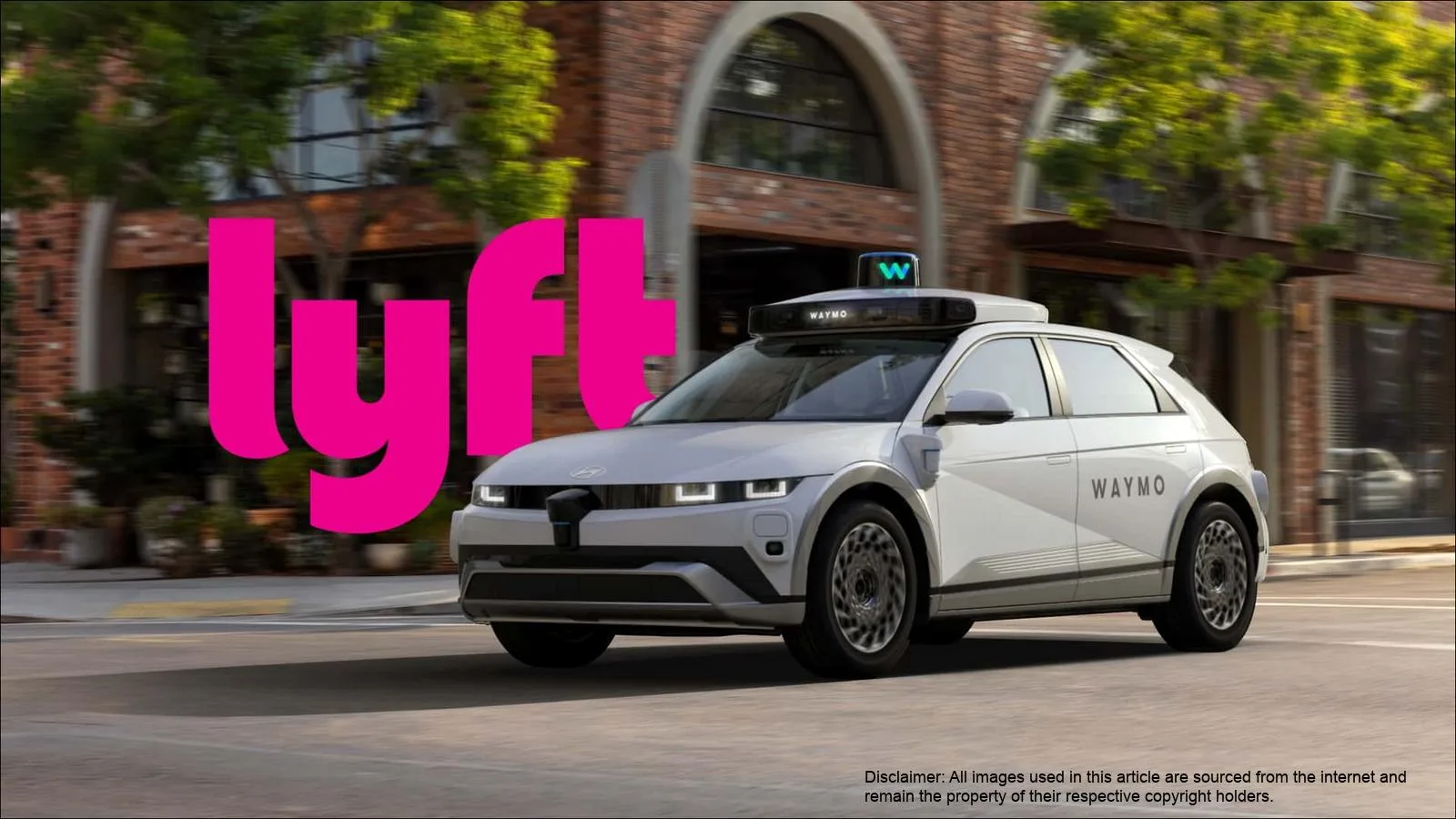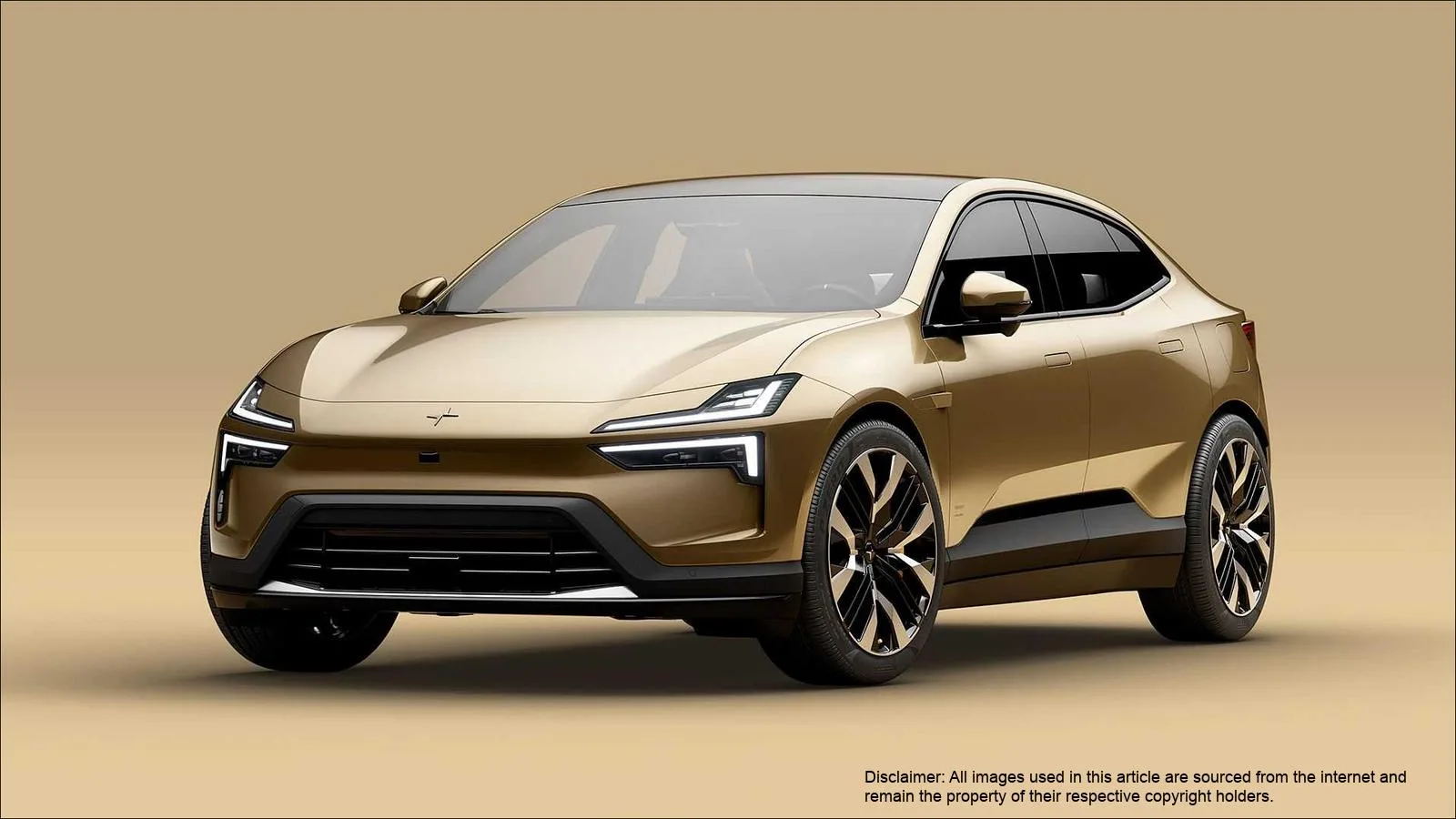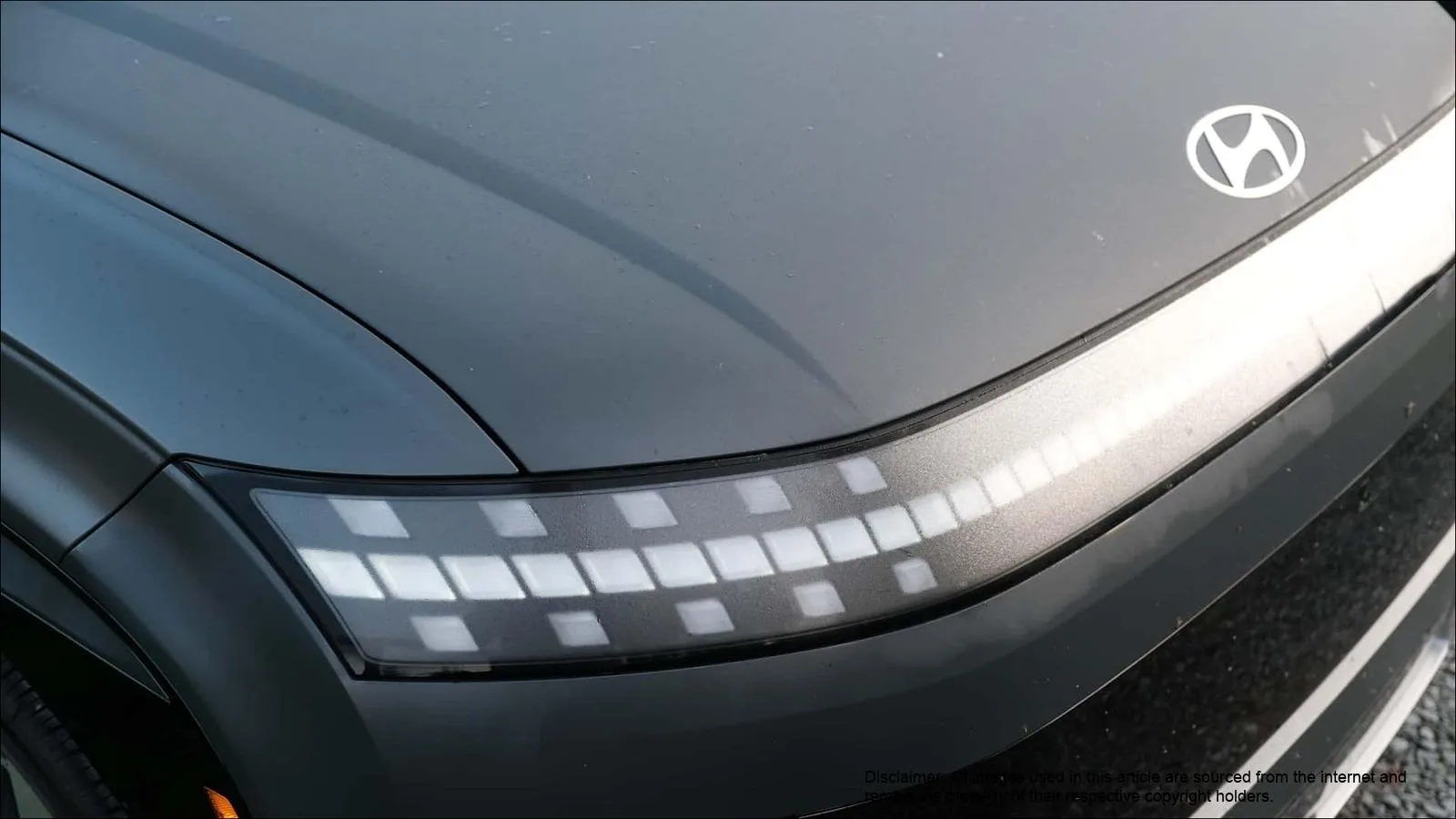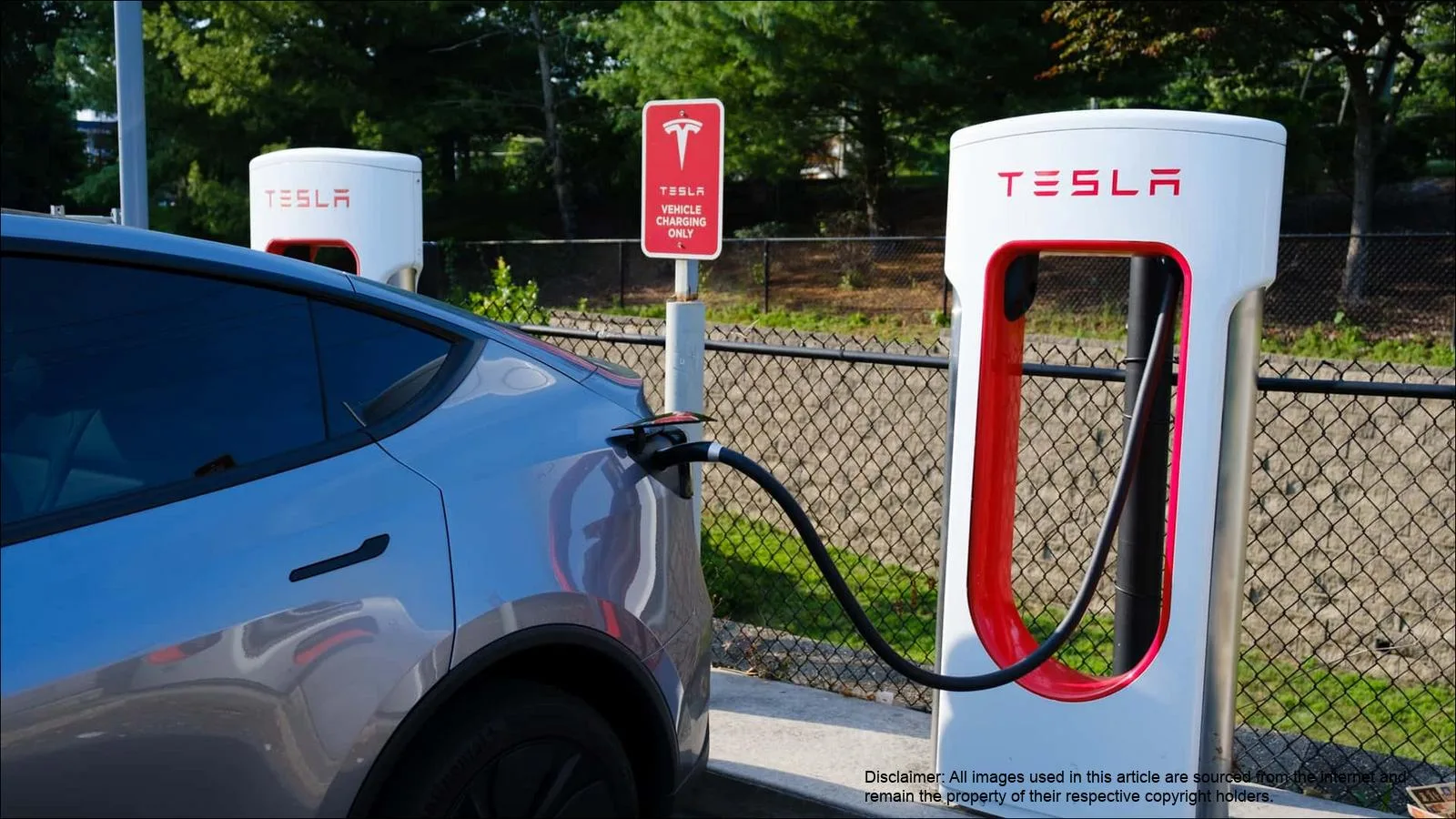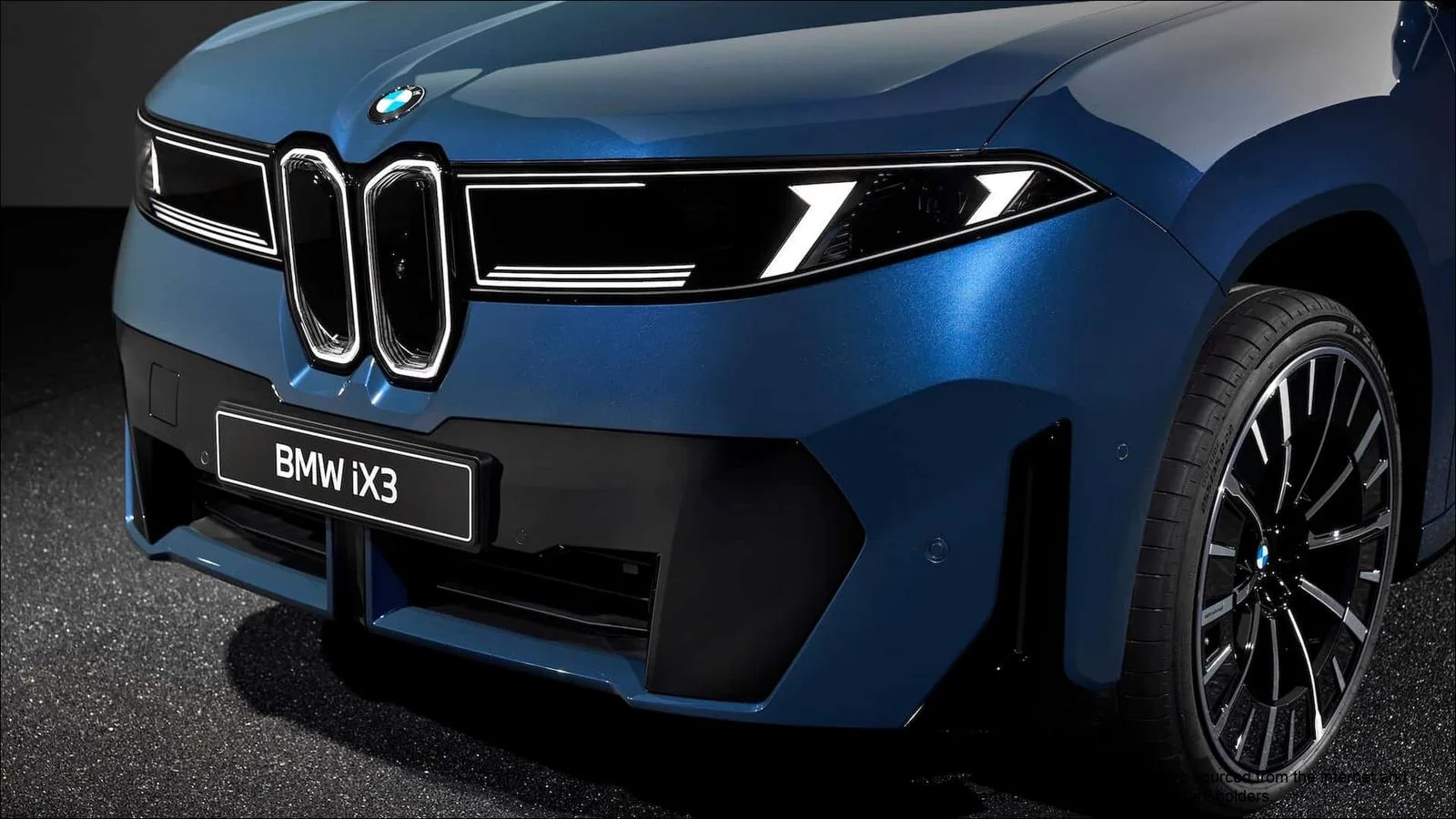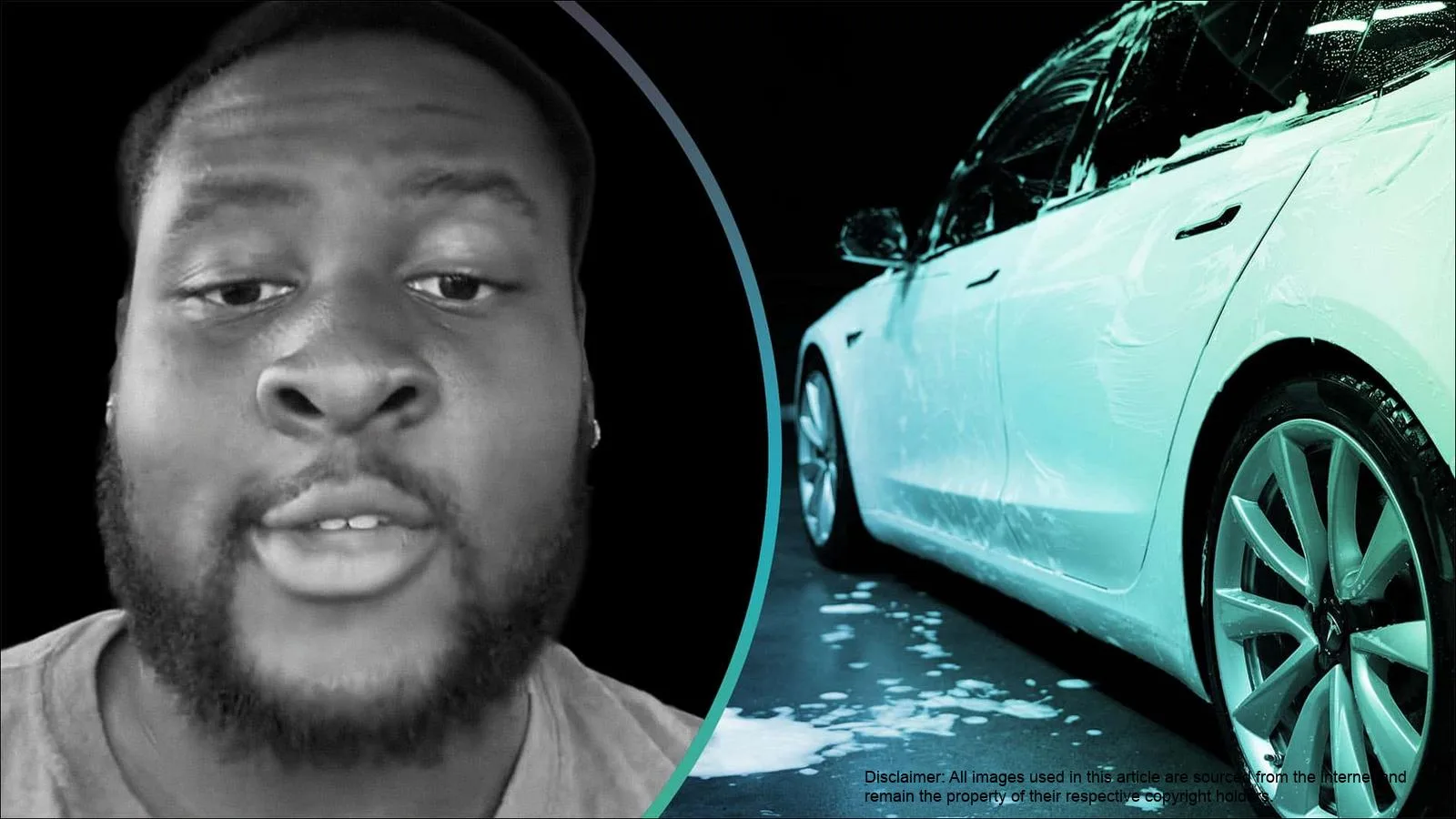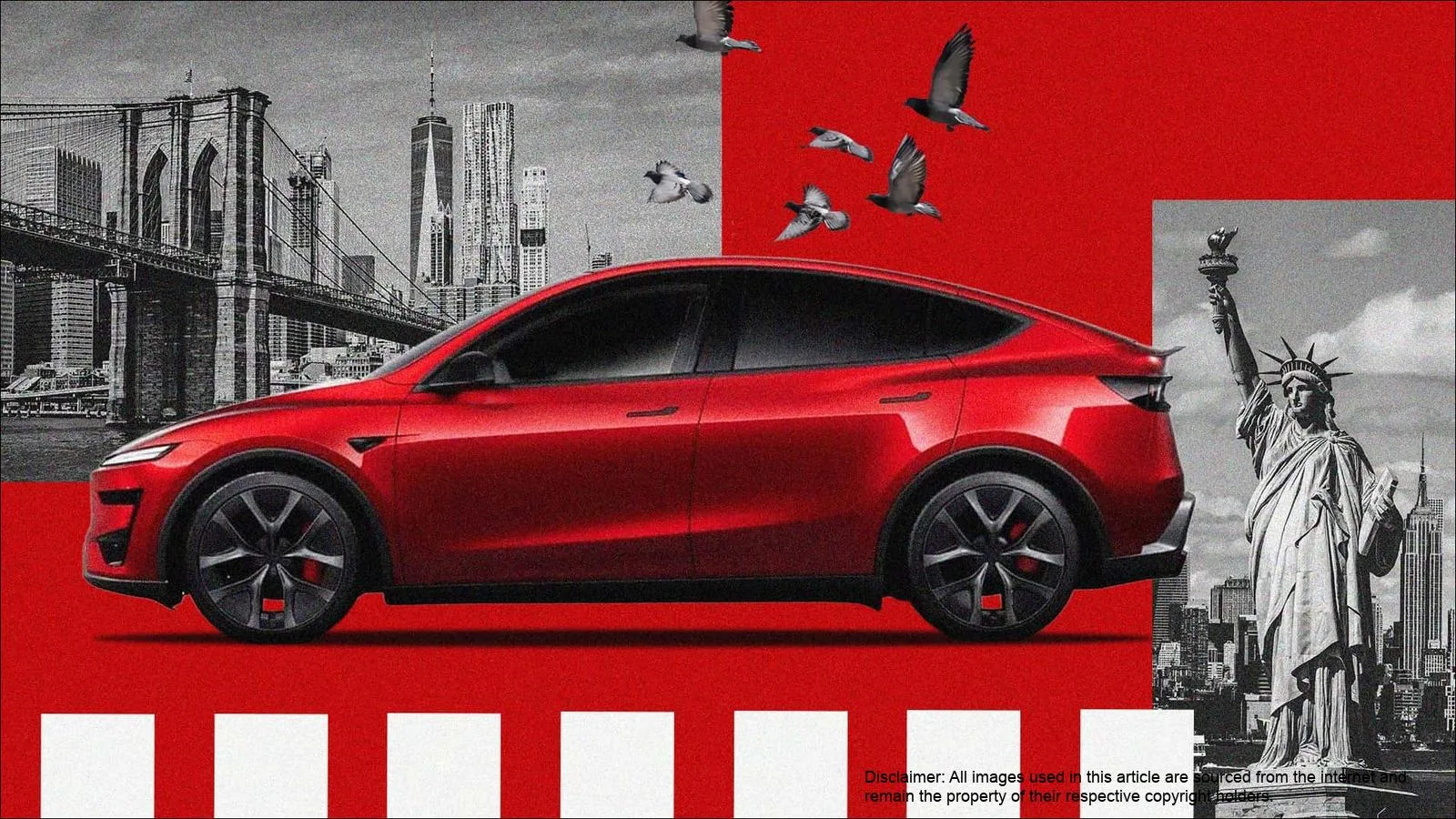A Deep Dive into the YU7’s Interior Design
The Telescope video, hosted by Haoran (Sean) Zhou, offers a more tangible understanding of the YU7’s interior compared to static press images. One of the standout features is the “Xiaomi Hypervision” gauge cluster screen. This innovative design consolidates essential driving information onto a full-width display positioned at the base of the windshield. While not entirely unique – brands like BMW (with its Neue Klasse cars), Lincoln, and Avatr have explored similar concepts – its implementation in the YU7 is noteworthy. The Xiaomi Hypervision system aims to provide drivers with a seamless and intuitive experience, minimizing distractions and maximizing visibility.
Beyond the technological features, the interior’s overall aesthetic is remarkably luxurious. The camel-colored beige interior, combined with soft, rounded surfaces, creates an impression of opulence that belies the car’s likely price point. This design choice is a strategic move by Xiaomi, positioning the YU7 as a slightly premium offering without venturing into full-blown luxury territory. The goal is to appeal to a broader audience seeking a high-end feel without the exorbitant cost associated with established luxury brands.
However, the YU7’s design isn’t without its drawbacks. Zhou noted that the interior space felt somewhat limited. The car’s Ferrari Purosangue-inspired styling, characterized by a long hood, results in a sizable frunk but potentially compromises interior room. While the frunk adds practicality, it raises questions about whether a more human-centric design could have yielded a more spacious cabin. This trade-off between aesthetics and functionality will likely be a key consideration for potential buyers.
| Feature | Description |
|---|
| Xiaomi Hypervision | Full-width display at the base of the windshield for key driving information. |
| Interior Aesthetic | Camel-colored beige interior with soft, rounded surfaces for a luxurious feel. |
| Frunk | Sizeable front trunk due to the long hood design. |
| Interior Space | Potentially limited due to the long hood design. |
